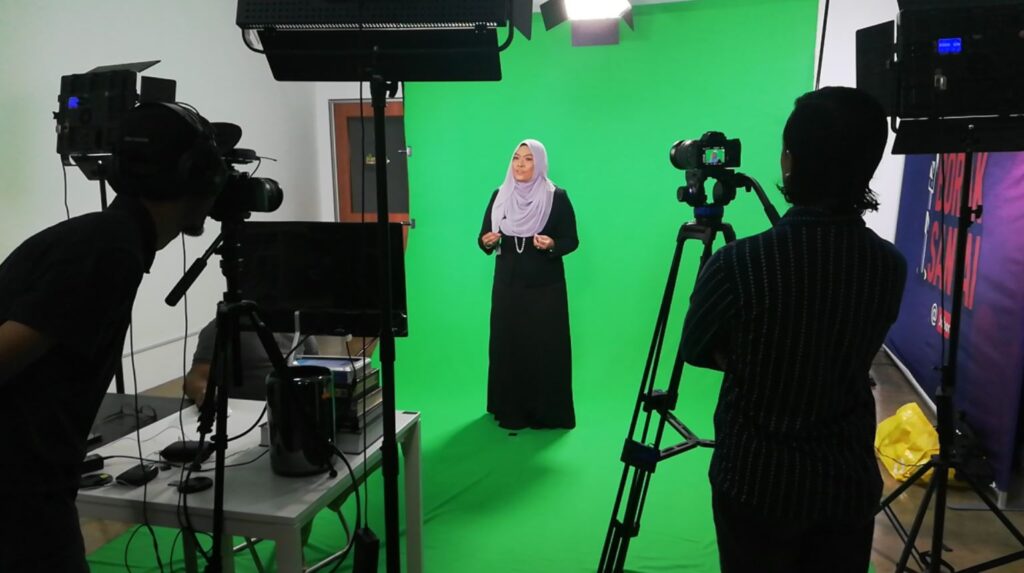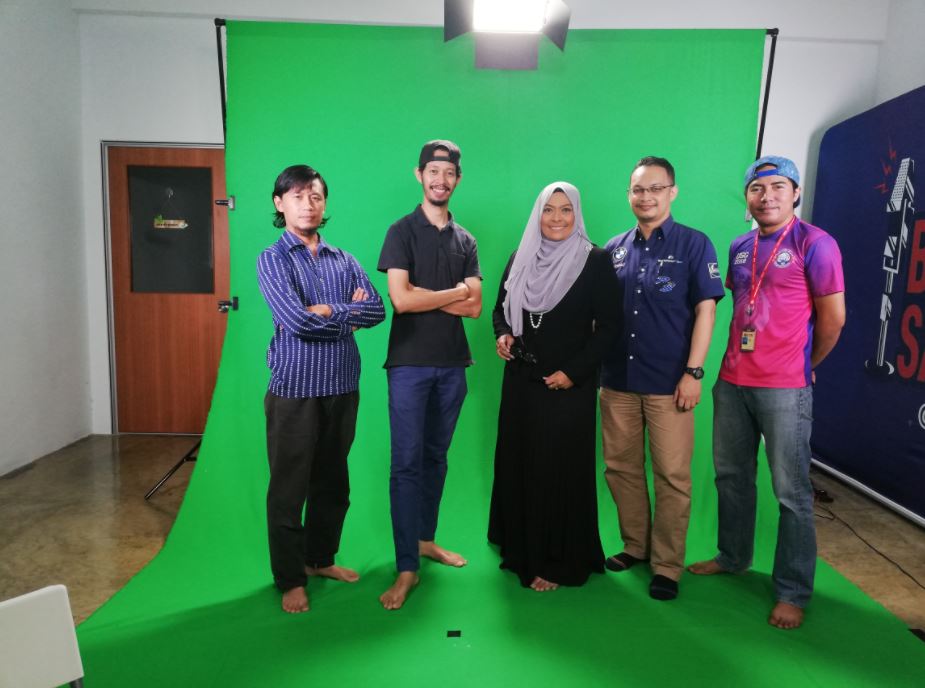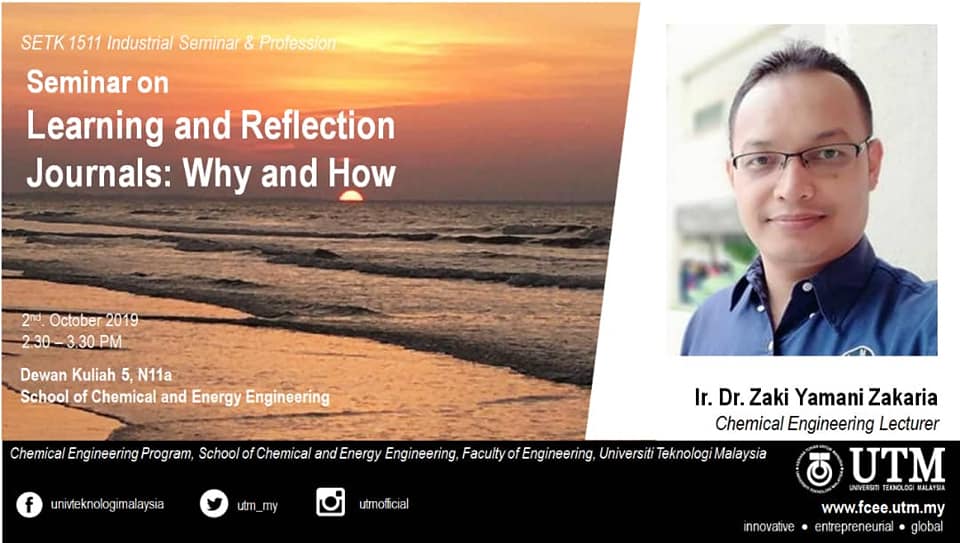

Read all my “1 Official Task Per Day Record Challenge for 2020” —> https://people.utm.my/zakiyamani/category/1-activity-1-day/
Ir. Ts. Dr. Zaki Yamani Zakaria Official Page
School of Chemical & Energy Engineering, Faculty Engineering, UTM


Read all my “1 Official Task Per Day Record Challenge for 2020” —> https://people.utm.my/zakiyamani/category/1-activity-1-day/
 Delivered a talk to 180 Chemical Engineering first year students from the School of Chemical and Energy Engineering, UTM.
Delivered a talk to 180 Chemical Engineering first year students from the School of Chemical and Energy Engineering, UTM.
Synopsis on Reflection in Learning
Reflection is an integral part of the learning process. It allows us to learn more about ourselves and how we learn, but it also aids us in improving academic skills. Consider sports teams that watch film of the previous night’s game. They’re able to identify mistakes and correct them at practice.
Reflecting and composing a piece of self reflective writing is becoming an increasingly important element to any form of study or learning. Reflecting helps you to develop your skills and review their effectiveness, rather than just carry on doing things as you have always done them.
Through reflection, teachers and trainers can look clearly at their successes and struggles and consider options for change that greatly impact student learning. Self-reflection can allow one to: Develop a rationale for practice. Assess student learning and understanding of concepts.
To apply the reflection or reflective learning concept, Gibbs Reflective Cycle is applied.
What is the Gibbs Reflective Cycle?
In 1988, the American sociologist and psychologist Graham Gibbs published his Reflective Cycle model in his book ‘Learning by Doing’. Gibbs Reflective Cycle encourages people to think systematically about the experiences they had during a specific situation, event or activity. Check the attached image of Gibbs Reflective Cycle, then you can better visualize and comprehend the concept and its importance in learning.
